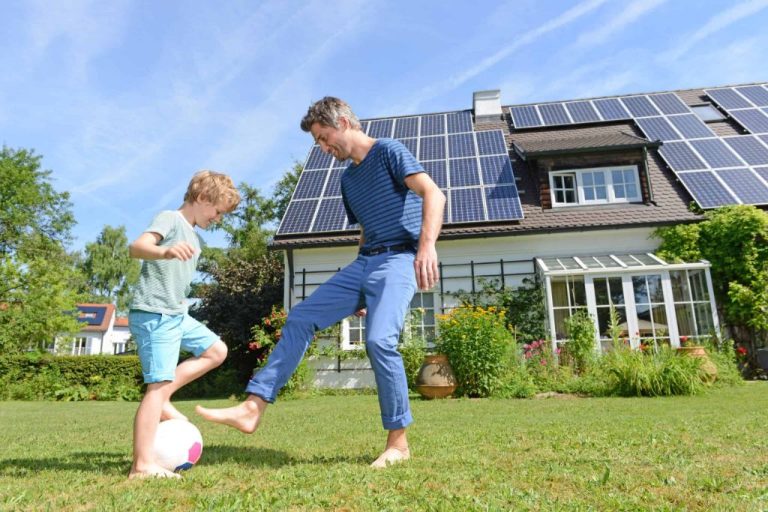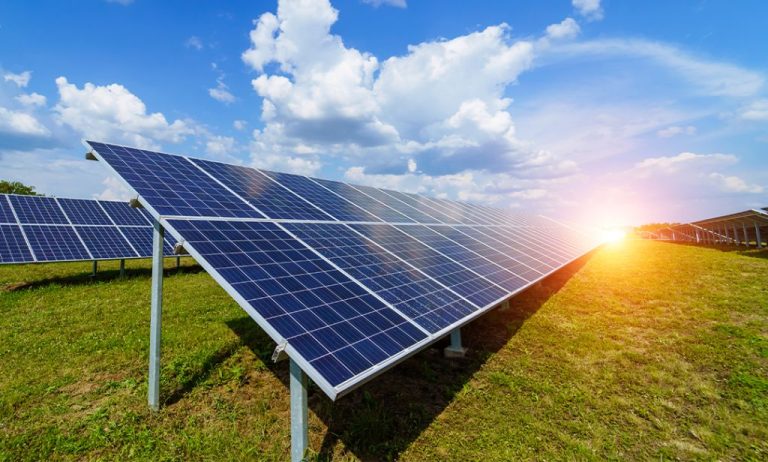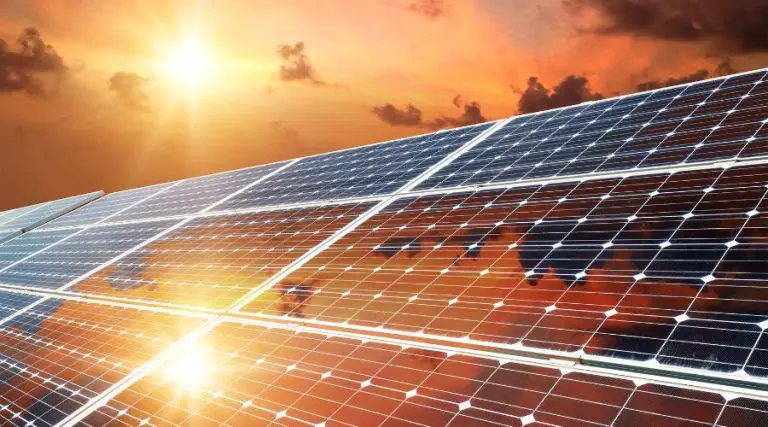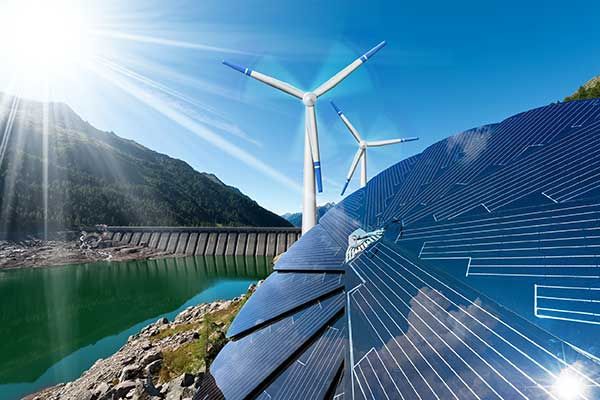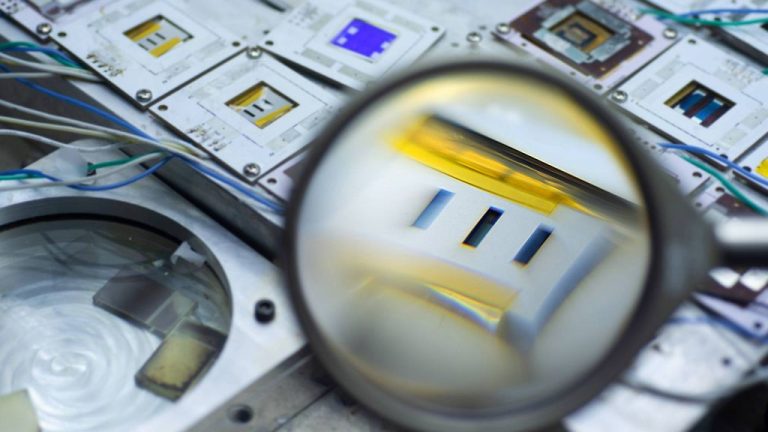What Are The Negatives To Solar Energy And Solar Panels?
High Upfront Costs
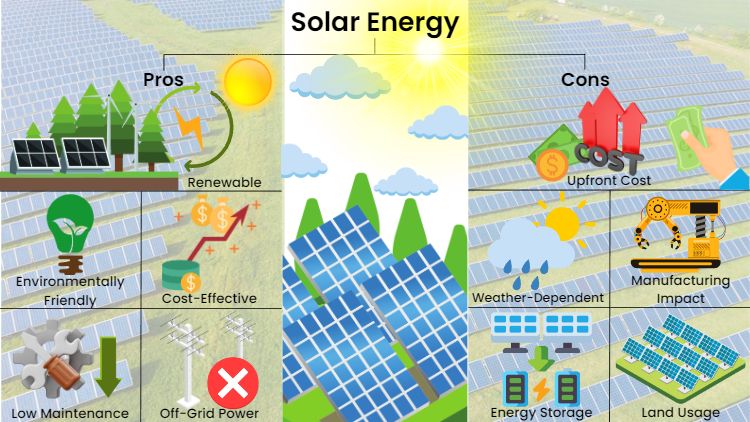
One of the main downsides of solar panels is the high upfront cost. Purchasing and installing a solar panel system for a residential home costs approximately $2.50-$3.50 per watt according to https://www.nerdwallet.com/article/finance/solar-panel-cost. For a typical home solar system size of 5-10 kilowatts, this translates to a total cost of $12,500-$35,000 before tax credits and incentives.
The cost is driven by the solar panels themselves, as well as the inverter, racking and wiring needed to install and connect them. Additional costs like permits and labor can also add to the total price. For most homeowners looking to go solar, this represents a significant upfront investment that can deter adoption.
That said, various rebates, tax credits and financial incentives can help offset 30-50% or more of the initial cost. Over the long term, electricity bill savings usually make up for the upfront investment in less than 10 years. But the high short-term costs continue to be one of the biggest barriers to widespread solar adoption.
Intermittency
One of the main downsides of solar energy is its inherent intermittency and variability based on sunshine and weather conditions. Solar panels only generate electricity when the sun is shining on them, meaning they do not produce power at night or on cloudy days ([1], [2]). This intermittency can make it challenging to integrate large amounts of solar generation into the electric grid and match supply with demand ([3]). Unlike fossil fuel plants that can be dispatched on demand, solar output can fluctuate significantly throughout the day and seasonally based on weather and sunlight patterns. Areas with large solar penetration need to plan carefully to deal with the variability in solar generation through grid integration tactics like energy storage, flexible demand, and interconnections over larger areas.
Weather Dependence
Solar panels rely on sunlight to generate electricity, so their output varies depending on weather and climate conditions (What Are The Effects of Weather on Solar Panels and Their …). Sunny days maximize solar production while cloudy days, rain, hail, and snow can reduce output.
Solar panels are actually more productive in cold weather with clear skies than in very hot weather. This is because solar cells are more efficient at lower temperatures while excessive heat can reduce their efficiency. However, icy or snow-covered panels can limit solar power generation (Does Weather Affect Solar Energy Production?).
Areas with frequent cloud cover, storms, and precipitation will produce less solar power over time compared to sunny, arid climates. But solar can still be viable in many cloudy regions. For example, Germany generates substantial solar power despite limited sunlight (How Does Weather Affect Solar Panels?).
Space Requirements
Solar panels require a significant amount of space, especially for utility-scale solar farms. According to research from the Sierra Club, generating the 4 trillion kilowatt-hours of electricity used in the US annually would require around 17,500 square miles of solar panels. For residential systems, the amount of roof space needed depends on the home’s energy usage and panel efficiency. On average, a home solar array requires 200-500 square feet of unshaded south-facing roof space. Larger homes or those with higher electricity needs require more panels and roof area, while smaller homes may need less.
The space requirements for solar present challenges in urban areas where rooftop space is limited. Solar farms also require clearing undeveloped land, raising concerns about habitat loss. Careful siting and land use planning is necessary to minimize environmental impacts. While the land use footprint of solar generation is higher than some energy sources, it remains small relative to other human infrastructure and development.
Toxic Materials
Some components in solar panels contain toxic materials that can pose environmental and health hazards if not properly disposed of. For example, cadmium telluride (CdTe) solar panels contain the heavy metal cadmium, which is classified as hazardous waste. If these solar panels break or are improperly disposed of in landfills, the cadmium can leach into the soil and water 1. Older solar panels may also contain some lead. Similarly, selenium and arsenic are used in some solar photovoltaic technologies like copper indium gallium selenide (CIGS) solar cells. Exposure to high levels of these heavy metals can be toxic to humans and wildlife.
However, it’s important to note that the amount of toxic materials in solar panels is very small compared to other consumer products like batteries and electronics. Proper solar panel recycling can recover over 90% of the valuable materials for reuse. While toxic materials are a valid concern, careful handling and responsible disposal of old solar panels can mitigate much of the risk 2.
End-of-Life Disposal
Solar panels contain valuable materials like silicon, copper, and silver, but also toxic substances like lead and cadmium that can pose problems if not disposed of properly. There are concerns that solar panels may create large amounts of electronic waste at the end of their lifespans – usually around 25 years.
Around 80% of a solar panel’s raw materials can be recycled, but recycling is often more expensive than producing new panels from raw materials.
The EPA provides regulations and guidelines for the disposal and recycling of end-of-life solar panels in the U.S. Homeowners are advised to contact their state and local recycling agencies to properly dispose of old solar panels.
Proper solar panel disposal is important to avoid toxic materials leaching into landfills. More recycling infrastructure and cost-effective recycling methods need to be developed to handle the expected high volume of solar panel waste in the coming decades.
Grid Integration Challenges
Integrating solar energy into the existing electrical grid poses various technical challenges. Solar power is an intermittent resource, meaning it only produces electricity when the sun is shining. This variability can be difficult for grid operators to manage, as electricity supply and demand must be continuously balanced. Sudden drops in solar output, for example when clouds pass overhead, can cause stability issues on the grid. According to research by Ye Min Thaw and others, the irregular nature of solar energy creates “voltage deviations, frequency instabilities, congestion challenges, and protection issues” on the distribution network (Thaw).
To successfully integrate large amounts of solar power, grid infrastructure upgrades are often needed. This may involve installing more advanced inverters, energy storage systems, and smart grid technologies to provide more flexibility. As RatedPower notes, aging electricity infrastructure is “often not equipped to handle a high penetration of renewables” (RatedPower). Substantial investments are frequently required to modernize the grid and develop capabilities like forecasting solar output to better manage its variability.
Land Use Conflicts
Solar farms can take up large areas of land, resulting in conflicts with existing or planned land uses. According to one source, utility-scale solar facilities require between 5-10 acres per megawatt of power capacity (US solar developers seek to reduce conflicts over land use). In some cases, solar facilities are being built on prime farmland, raising concerns about loss of agricultural land and food production (Land Use Conflicts Between Wind and Solar Renewable). One study found solar energy facilities on cropland increased from 2014-2019, leading to debates over converting farmland to solar farms (Solar energy development on farmland). Solar farms can also impact natural habitats and species. Careful siting and land use planning is needed to minimize conflicts between large-scale solar facilities and existing land uses.
Threats to Wildlife
Large-scale solar facilities can have negative impacts on wildlife habitats and species. The land clearing required for solar farms removes vegetation and can fragment habitats. Solar projects in desert environments can disrupt habitats for threatened species like desert tortoises. Birds and insects can be killed if they collide with large reflective surfaces of solar arrays. The use of toxic materials in manufacturing and disposal can also pose contamination risks to wildlife.
However, proper siting and mitigation strategies can reduce the wildlife impacts of solar projects. Avoiding key habitats, limiting vegetation clearing, and configuring arrays to allow wildlife movement can help. The potential habitat disturbances of solar need to be balanced against the threats posed by other energy sources.
Aesthetic Impacts
Solar panels are considered unsightly by some people, impacting the aesthetics of buildings or landscapes where they are installed.
According to Sanchez-Pantoja (2018)[1], “The aesthetic impact of BIPV systems should be broken down into two sub-impacts: SES and Glare. For the SES impact, the visibility and especially the conspicuousness of both solar panels and solar devices are key questions for landscape assessment.” Solar panels can have a very noticeable and potentially unattractive appearance, especially on rooftops or in scenic natural areas.
According to Exeo Energy[2], “The aesthetics of solar panels is an important issue – solar panels can quite conspicuous and are often mounted in very noticeable locations where owners or planners are concerned about preserving visual harmony.” The reflective surfaces and industrial look of solar arrays can be seen as detracting from the natural or designed beauty of landscapes. Proper placement and screening is often needed to minimize aesthetic impacts.
[1] Sánchez-Pantoja, N., Vidal, R., & Pastor, M. C. (2018). Aesthetic impact of solar energy systems. Renewable and Sustainable Energy Reviews, 98, 206-219.
[2] Solar Panel Aesthetics. (n.d.). Exeo Energy. Retrieved from https://www.exeoenergy.co.uk/solar-panels/solar-panel-aesthetics/

